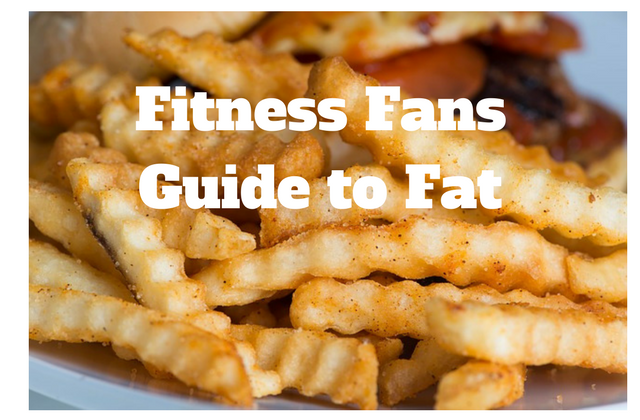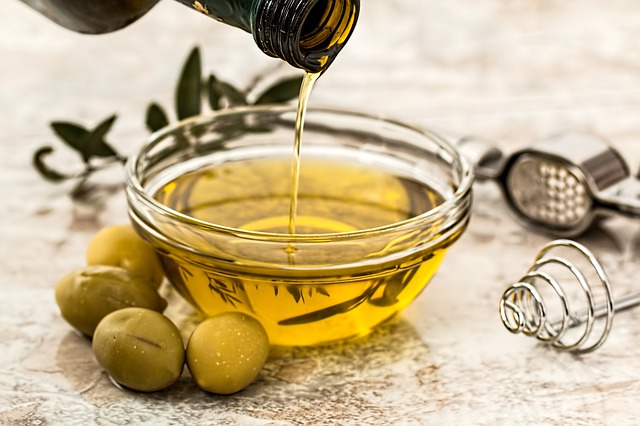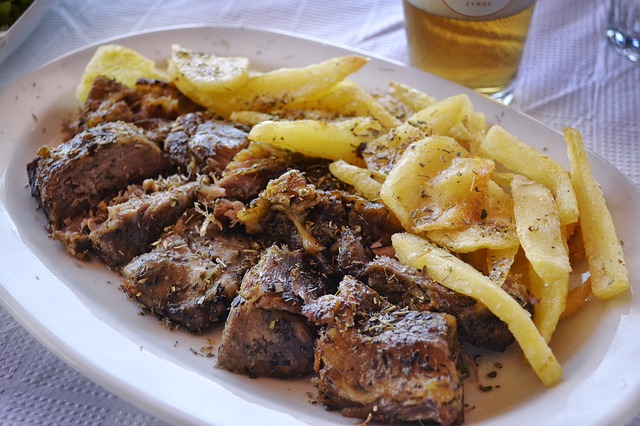The Different Kinds of Fat

Staying Afloat in the Murky Waters Known as Fat
Fat is not one thing, it comes in several different types. For many years, fat was touted as the number one enemy when it came to healthy eating and weight loss. It looks like a lot of that ‘research’ was funded by the ‘evil sugar industry!’
These days we are told to distinguish good fat from bad – though other than a few generic terms, there is not much information to help us make the best dietary choices.
This page is a quick introduction to the main types of fat you will find in your food. It is designed to help you understand the confusing (and sometimes deceptive) food labelling. It would be impossible to give the full story of all the fats on one page. Instead I have covered this topic at a high level, and added links to the medical and research authorities where required.
While there are many different fats, they can be categorised into three main groups – saturated, unsaturated and trans fats.
Unsaturated Fats
First on the list is unsaturated fat, which is liquid at room temperature and considered a beneficial fat due to its ability to improve blood cholesterol, ease inflammation and stabilise heart rhythms.
Unsaturated fats are mainly found in foods from plants such as nuts, seeds and vegetable oils. They can be broken down even further into Monounsaturated fats and polyunsaturated fats. ‘Mono’ stands for single and ‘Poly’ stands for many. These refer to the chemical make-up of the fat molecules. Each has different benefits:
Monounsaturated Fats
Monounsaturated fats are found in high concentrations in oils like olive oil, peanut and canola, as well as nuts such as almonds and hazelnuts, seeds such as pumpkin and sesame and avocados. The main benefits of mono-unsaturated fats involve healthy blood cholesterol levels.

Polyunsaturated Fats
Good sources of polyunsaturated fats are walnuts, flax seeds and oils such as sunflower, corn and soybean.
Omega 3 is a very important polyunsaturated fat, which the body cannot make, so we must get it from our food. Fish are packed full of Omega 3 and eating fish 2-3 times a week is advised. If you don’t eat fish then look to flax seeds, walnuts and canola as your source of Omega 3. The key benefit of Polyunsaturated fats is overall heart health, the American Heart Association goes as far as to recommend it!

Saturated Fats
Saturated fats were once touted as the biggest diet demon and it is easy to see why. These fats are paired with (saturated with) hydrogen atoms. They dissolve at higher temperatures than the unsaturated fats. Saturated fats are most commonly found in cheese, milk, dairy desserts, pizza and meats.
For many years saturated fats have been associated with obesity, heart disease and even cancer.
Present day studies are showing that some saturated fat is not so bad after all. General advice is that this should be kept to a minimum, with no more than 10% of our calorie intake coming in this form
Many healthy foods like chicken and nuts contain small amounts of saturated fat. Although, it should be stated, that the levels in chicken and nuts are much lower than those found in beef, cheese and many processed meat products.

Replacing Saturated Fats with Healthy Alternatives
The thing to understand is that cutting back on saturated fact will likely have no or little benefit to you. The real benefit will come from replacing saturated fat with unsaturated, polyunsaturated fats in particular.
Again, try having more fish into your diet or the plant sources mentioned in the previous section. If you are still struggling to get enough then of course you can supplement, just do some research and choose a good supplement with as many natural ingredients as possible.
Trans Fats
Finally we have trans fats, which are the worst of all. The major source of trans fats is the man made partially hydrogenated vegetable oil. These fats are especially dangerous because they turn solid even inside the body. They are created artificially, by adding hydrogen to vegetable oils. These ‘improve’ the texture of many processed foods. They have become very prevalent in the food industry in the last few decades. You might find these called ‘trans fatty acids’.
Trans-fats promote visceral fat, which is that stubborn belly fat that we find it most difficult to shift. The fat is basically solidifying around our organs, which contributes to heart disease and insulin resistance.
Trans fats are most commonly found in fried foods, baked goods and margarines. That short list alone should let you know they’re to be avoided!
There have been several warnings on consumption of trans-fats. These include the WHO in 2003, who recommended that no more than 1% of daily consumption should be trans-fats. The US FDA has recommended that they be removed from all processed foods.

Types of Fat: Balance is the Key
Like most things in life balance is everything when it comes to fats. Small amounts of saturated fat won’t do you any harm. Trans-fats have been consumed for decades, and are now being phased out of foods around the world.
So long as the majority of your fats are ‘good’ fats from natural sources, polyunsaturated where possible – and are part of a balanced diet without too much processed sugar – then you should be in the healthiest part of the population already!
More Popular Health and Diet Pages Here at Fitness Review:


